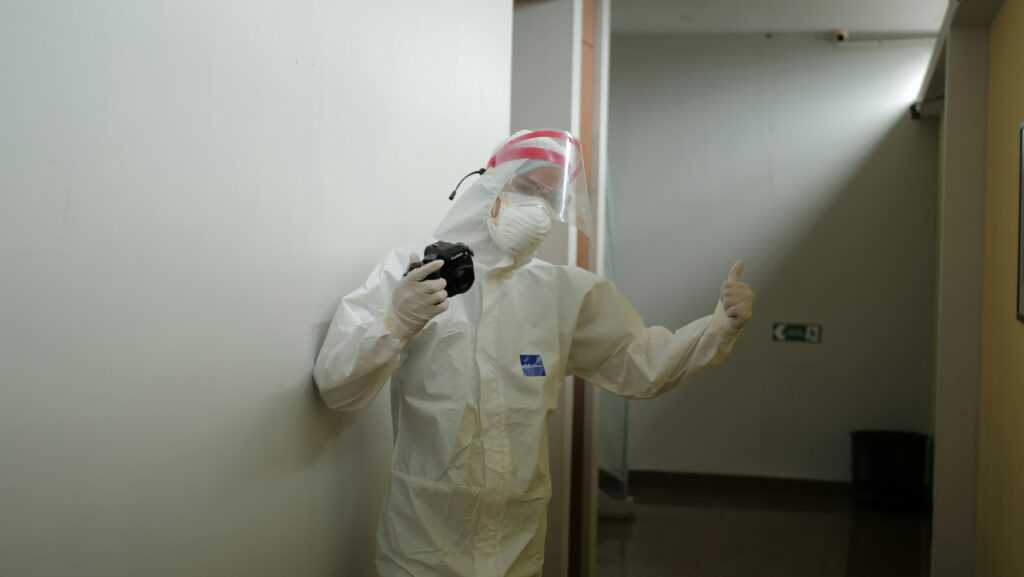The Importance of Asbestos Testing
Asbestos is a naturally occurring mineral that was widely used in construction materials due to its durability and resistance to heat. However, it has been linked to serious health issues, including lung cancer and mesothelioma. Conducting asbestos testing is vital to identify and manage asbestos-containing materials (ACMs) in buildings, thereby preventing potential health hazards.
Health Risks Associated with Asbestos Exposure
Exposure to asbestos fibers can lead to severe health problems. When asbestos-containing materials are disturbed, fibers can become airborne and inhaled, posing significant health risks.
The following are some of the health issues associated with asbestos exposure:
- Asbestosis: A chronic lung disease caused by inhaling asbestos fibers, leading to lung tissue scarring and breathing difficulties.
- Lung Cancer: Prolonged exposure to asbestos increases the risk of developing lung cancer, especially among smokers.
- Mesothelioma: A rare and aggressive cancer affecting the lining of the lungs, abdomen, or heart, primarily caused by asbestos exposure.
- Pleural Disorders: Conditions affecting the lining of the lungs, such as pleural plaques, thickening, and effusions.
Legal Implications of Asbestos Exposure
Failing to conduct proper asbestos testing and management can lead to significant legal consequences. Property owners and managers have a legal obligation to ensure the safety of occupants and workers. Here are some potential legal risks associated with asbestos exposure:
- Litigation: Individuals exposed to asbestos may file lawsuits against property owners for negligence, leading to costly legal battles.
- Regulatory Fines: Non-compliance with asbestos regulations can result in substantial fines and penalties from regulatory bodies.
- Property Devaluation: Properties with unmanaged asbestos issues may suffer from decreased market value and difficulty in selling or leasing.
Steps to Conduct Effective Asbestos Testing
To mitigate health and legal risks, it is essential to conduct thorough asbestos testing. Here are the steps involved in effective asbestos testing:
- Hire a Qualified Professional: Engage a certified asbestos inspector or consultant to conduct a comprehensive assessment of the property.
- Conduct a Visual Inspection: The inspector will perform a visual examination to identify potential asbestos-containing materials.
- Collect Samples: Samples of suspected materials are collected and sent to a laboratory for analysis.
- Laboratory Analysis: The samples are analyzed using specialized techniques to determine the presence and concentration of asbestos fibers.
- Report and Recommendations: The inspector provides a detailed report with findings and recommendations for managing any identified asbestos-containing materials.
Managing Asbestos-Containing Materials
Once asbestos testing is complete, it is crucial to manage any identified asbestos-containing materials effectively. Here are some strategies for managing ACMs:
- Encapsulation: Applying a sealant to encapsulate asbestos fibers, preventing them from becoming airborne.
- Enclosure: Building a barrier around the asbestos-containing material to prevent disturbance and exposure.
- Removal: In some cases, complete removal of asbestos-containing materials may be necessary, especially during renovations or demolitions.
- Regular Monitoring: Conduct regular inspections and monitoring to ensure the integrity of encapsulated or enclosed materials.
Conclusion: The Role of Asbestos Testing in Risk Prevention
Asbestos testing plays a critical role in preventing long-term health and legal risks associated with asbestos exposure. By identifying and managing asbestos-containing materials, property owners can protect the health of occupants and workers while avoiding costly legal consequences. It is essential to engage qualified professionals for asbestos testing and to implement effective management strategies for any identified ACMs. By doing so, we can create safer environments and ensure compliance with legal and regulatory requirements.

